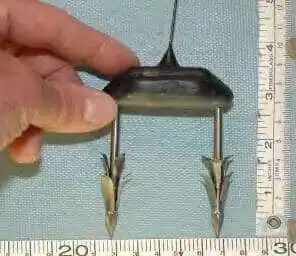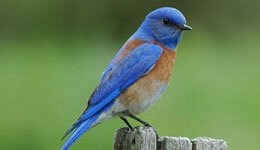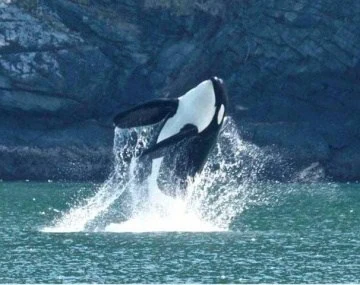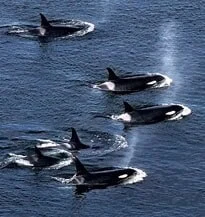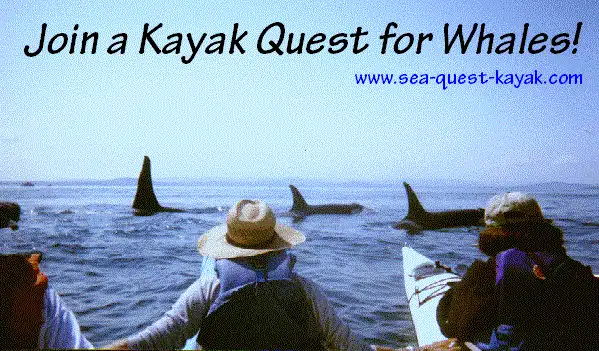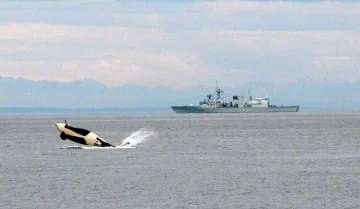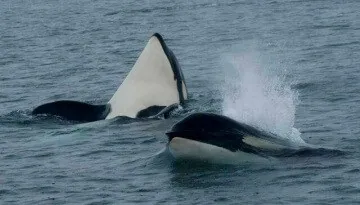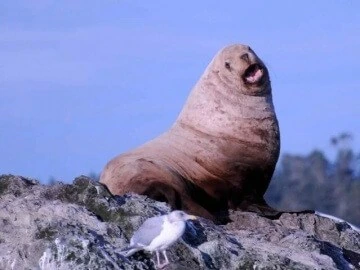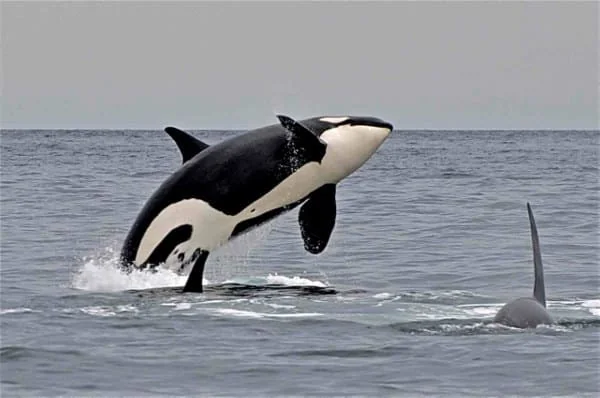San Juan Islands Killer Whales at Risk to New Invasive Darting Study
A new orca whale research project for the San Juan Islands of Washington has just been approved by the National Marine Fisheries Service, the infamous federal agency known for constantly blocking protections for marine mammals or bungling their conservation management. This study will directly impact the killer whales we enjoy observing on our San Juan Islands kayak tours. This new study involves shooting metal tags that are known to cause major tissue damage and possible life-threatening infections. Our local resident killer whales have long been known to suffer mortality from common bacteria that should not ordinarily be lethal. The high level of industrial toxins that have been absorbed by our San Juan Islands orca whales is likely suppressing their immune systems and making them susceptible to minor injuries. This highly invasive metal darting study is too risky for a mortally threatened and beloved population of killer whales such as we have in Washington state. It is better suited for a remote region where orcas are not struggling with industrial toxins and a decimated food supply. In addition, our San Juan Islands orca whales are very trusting of humans and often swim right up to, or underneath, our “grouped-up” kayaks. Please note: Whenever orcas are present during our whale watching kayak tours, we stop paddling and form a very tight group to minimize our profile to the whales. We also move out of their path, but as the whales swim faster than we can kayak, close encounters are bound to happen whenever the orcas so desire! In any case, we always treat the whales with the utmost respect as they deserve. After decades of peaceful interactions, do we really want to destroy the trust of our resident orca whales by shooting them with painful metal darts? This photo shows holes in the fin from a dart. As a side note, the decision was made without consultation with Canadian authorities, an odd fact considering this population of killer whales utilizes Canadian waters as part of their home range. Here is an article from their perspective. Finally, here is a great analysis of a scientist speaking out against the unnecessary project. Join a Kayak Quest for Whales from Friday Harbor, Washington

